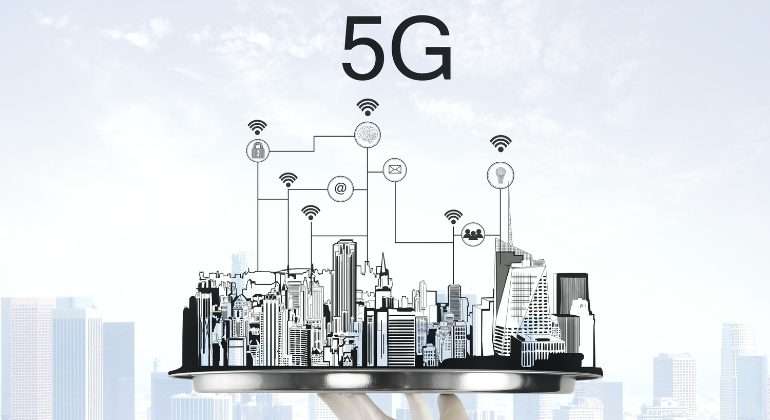As per a recent research report by Vodafone, the speedy 5G standalone rollout would cost an additional £7.4bn in economic value compared to a slower rollout by 2030. Despite costing a lot, a speedy rollout would reduce rail journey time, saving almost 25 million hours (about 2852 years) of travel time over a span of the next five years. It will also offer a saving of £1 billion to the NHS in addition to reducing streetlight carbon emissions by 1 million tons. This move would also affect the consolidated mobile market and may lead to inequality and competition.
The Governments’ Wireless Infrastructure Strategy’s aim is to cover 5G standalone coverage in all the populated areas of the region. In a previous research report by Vodafone, it was found that with this move, all the rural areas would get 5G coverage as urban communities, and approximately 838,000 more people would get access to the superfast 5G technology, which is a revolutionary move as it can transform their lives by reducing the digital divide.
If the 5G standalone speedy rollout is done successfully, the Southwest and the Northwest areas will get the highest economic benefit of £425 million and £235 million respectively. This concludes that these areas will also lose the most and suffer a lot if there is a delayed rollout. The report also suggested that rollout would not be efficient without a consolidated mobile market. Hence, a merger amongst the leading networks Vodafone UK and Three UK can result in almost 99% 5G coverage by the year 2034 and almost 95% coverage by 2030.
Table of Contents
How Will Speedy Standalone 5G Will Benefit?
The major benefit of speedy 5G standalone rollout would offer immense benefits. These are-
Superior Quality 5G-enabled Patient Monitoring and Checkups
This move will drastically reduce hospital visits, which are equivalent to approximately £1 billion in NHS savings per year. This can cover 15,400 nursing posts per year. This emphasizes that
- Patient care can be done remotely using high-quality video conferencing using a superspeed connection, which makes monitoring easier.
- Between 2023-2038, the profit is expected to reach up to £17.5bn.
- Improvements in terms of quality of life, social care technologies, and the number of health professionals that have a prominent role to play.
5G-enabled Sensors to Detect Issues on Railway Tracks and Trains
This technology would not only save passengers precious time, approximately 25 million hours (about 2852 years) over 5 years, which is worth £326 million in terms of well-being and productivity. It will also help improve the services, infrastructure, and virtual coupling trains using 5G so that there is a stark reduction in train separation distances. This highlights the –
- Decrease in the number of rail track fault incidence and maintenance issues.
- The move will allow the virtual coupling of trains that allows more services.
- A stark reduction in over-packed peak hours in the trains affects the well-being and productivity of people.
5G-powered City Lights that Detect Motion
5G-enabled motion sensor lights can be dimmed or turned on easily and can save approximately £700 million in five years. This means that it could also reduce CO2 emissions by one million tons.
- Use energy usage, emissions and reduce the cost; this will save £700m in the next 5 years.
- Reduce light pollution and improve well-being.
- A step towards better urban planning and security.
Final Thoughts –What to Expect?
As per the estimated numbers, although the speedy rollout of 5G connection has a high cost, it is worth the pain. The improved 5G-enabled monitoring and check-ups, 5G-powered city lights and railway transport will drastically improve the well-being and quality of life of many. In economic terms, it is estimated that the economic value would be approximately £7.4bn.

